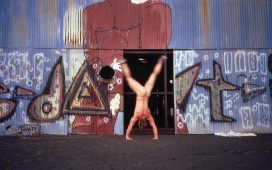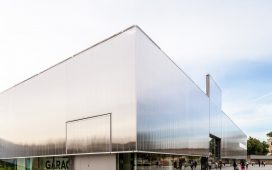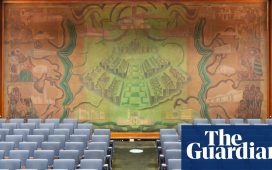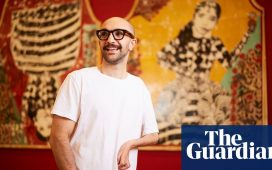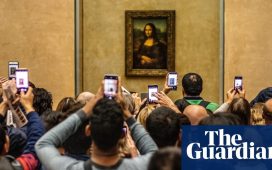The murals, created by Picasso and the Norwegian artist Carl Nesjar, were removed from the Norwegian government building in Oslo last summer
Photo: © Adrian Bugge
The saga of the celebrated Picasso murals, which were removed from a landmark site in Oslo last year, is heading to court. The murals, created in collaboration with the Norwegian artist Carl Nesjar, were stripped by the Norwegian government from the Y Block administrative building in the Norwegian capital last summer.
Both works were sandblasted on to the walls by Nesjar; The Fishermen was installed on the brutalist façade while The Seagull was located in the lobby of the building, which was designed by the Norwegian architect Erling Viksjø in 1969. The Y Block building, lsituated in the capital’s Regjeringskvartalet area, has since been demolished under government plans after a car bomb rocked the district in a terrorist attack in 2011.
The legal hearing, scheduled to take place in the Oslo district court from 22 to 25 March, will decide the fate of the murals which are now in storage. Under ministerial plans, both works will be integrated into a new building, the A-block, to be built in the government district close to Einar Gerhardsens square.
But Gro Nesjar, Carl Nesjar’s daughter, and Espen Viksjø, Erling Viksjø’s grandson, say they have a claim to copyright on the murals and are subsequently entitled to approve the new location. “The Fishermen will not be as accessible in the new location [A-block]. We want it to be placed in the park, where the Y-block was, and framed by the sky as it was intended to be,” Gro Nesjar says. “The Seagull has to be inside and there are a couple of good options [under consideration],” she adds.
A rendering of how The Fisherman would look in the family’s proposed spot in the park
Courtesy of Espen Viksjø
The Oslo-based lawyer and copyright expert Hans Marius Graasvold says that Viksjø and Nesjar claim to hold copyright together with Picasso’s heirs. “This, in turn, gives them a right to decide where the murals may be relocated,” he adds.
Last July, Gro Nesjar talked to The Art Newspaper about her father’s 17-year collaboration with Picasso and why the murals’ preservation is such an urgent issue. She explained that “under Norwegian law, the Y Block murals are considered a co-authored art work by Picasso and my father and the architect Viksjø [so] we do have what are called ‘moral rights’, as long as we can prove that the murals are a collaboration—that my father was not just a fabricator for Picasso but part of the artistic process”.
In a letter to the Musée Picasso in Antibes, dated 10 June 2020, the Norwegian minister Nikolai Astrup explained that the government had adopted recommendations made by a panel of public art experts. This involves placing The Seagull in the public entrance of the A-Block in the new government quarter and The Fishermen above the VIP entrance of the same block, facing Einar Gerhardsens square. “Both works of art will be positioned in such a way that they can be seen by the public,” Astrup said. “The new location is more accessible than [the Y-block].”

